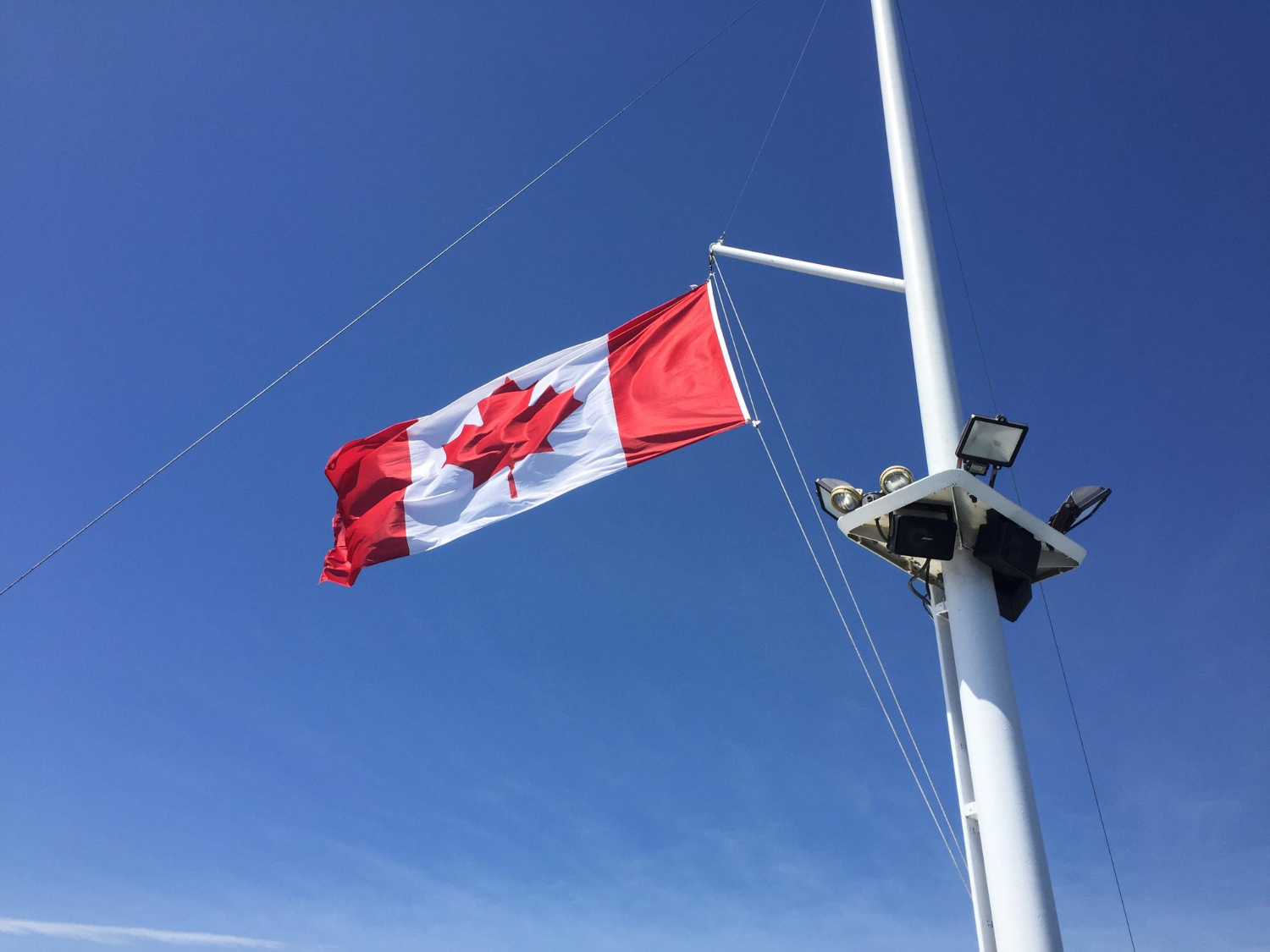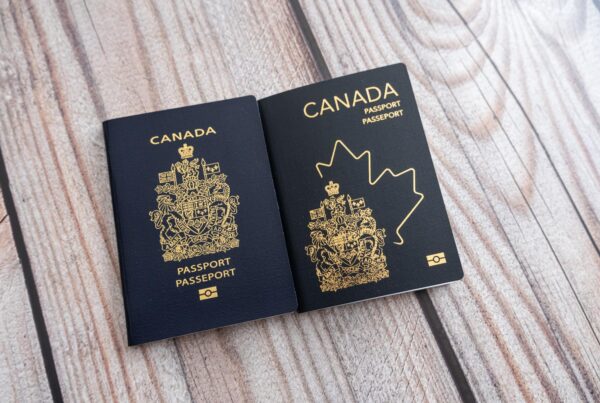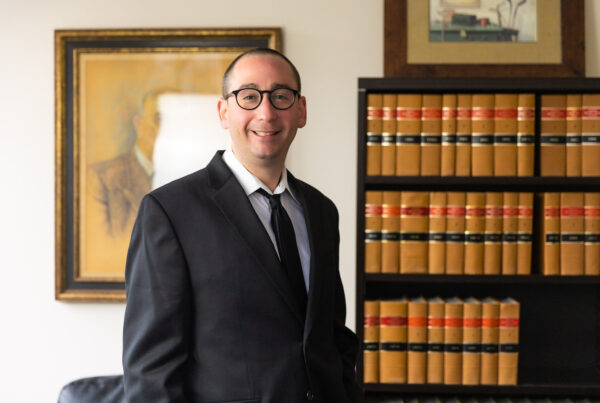Landing permanent residency in Canada might sound overwhelming, but it doesn’t have to be. There are pathways designed to make the process smoother, faster, and more accessible—if you know where to look. From work experience to family ties, Canada offers multiple options for those ready to build a new life. Let’s break down what you may not know about the easiest ways to secure your PR.
Express Entry Pathways Simplified for Swift Canadian PR
Express Entry isn’t just for tech experts or PhD holders. It’s a points-based system that rewards things like work experience, age, education, and even language skills. What surprises many applicants is how simple it can be if you meet the basic qualifications. You don’t need a job offer to get started—just create a profile, upload your credentials, and wait for an Invitation to Apply. Applicants with high Comprehensive Ranking System (CRS) scores get picked first, but scores fluctuate, so staying ready is key.
Another benefit most people overlook is the flexibility within the system. You can boost your score after submitting your profile by retaking a language test or getting educational credentials assessed. This keeps your profile active and competitive. The Express Entry system also gives you access to multiple streams under one umbrella, including Federal Skilled Worker and Canadian Experience Class.
Provincial Nominee Programs Offering Streamlined Residency Options
Each province in Canada runs its own nominee program tailored to its labor and economic needs. These Provincial Nominee Programs (PNPs) are often more relaxed than federal pathways, especially for candidates with skills or job experience that meet a region’s needs. For instance, someone with healthcare or trade experience might qualify for a nomination in provinces like Saskatchewan or Nova Scotia even with a lower CRS score.
The hidden bonus of PNPs is that they can supercharge your Express Entry profile. If you receive a provincial nomination, you get 600 points added to your CRS, which nearly guarantees an Invitation to Apply. That’s why many applicants use PNPs strategically to bypass competition in the federal pool. Provincial programs also support non-Express Entry pathways, creating more room for those who may not score high federally but still bring value to a province’s workforce.
Family Sponsorship as a Direct Route to Canadian PR
Family ties can open doors to permanent residency faster than most people think. If you have a spouse, common-law partner, child, or parent who is a Canadian citizen or PR, you may be eligible for sponsorship. The best part? There are no point systems involved here. It’s a straightforward route based on your relationship and proof of support, which makes it a less complex path for those who qualify.
Many are surprised that family sponsorship doesn’t always mean waiting years for approval. Spousal sponsorship, for example, can be processed in under 12 months, especially when all documentation is complete and accurate from the start. Sponsors must meet financial requirements and show they can support the incoming family member. Working with an immigration lawyer can make sure your application avoids delays due to missing paperwork or errors.
PR Pathway for International Graduates via Post-Graduation Work Permits
Students who complete their studies in Canada can turn their time in school into a permanent stay. The Post-Graduation Work Permit (PGWP) allows international graduates to work in Canada for up to three years. This work experience helps them qualify for the Canadian Experience Class stream under Express Entry. The transition from student to worker to permanent resident is one of the most efficient routes available.
A unique edge here is that work experience gained under a PGWP counts toward PR eligibility. Many graduates plan their careers around this, securing full-time positions after graduation to meet the one-year experience requirement. If they studied in a Designated Learning Institution (DLI) and followed the rules of their permit, they’re well-positioned to apply for PR.
PR Through Skilled Trade Certifications in High-Demand Fields
If you work in construction, plumbing, electrical, or another skilled trade, you have a strong chance at Canadian permanent residency. The Federal Skilled Trades Program under Express Entry was created just for this group. It looks beyond degrees and instead values hands-on experience and certifications. With job shortages in many trade industries, tradespeople often receive quick consideration for PR.
Applicants must prove at least two years of recent experience and either a Canadian certificate of qualification or a valid job offer. What’s not widely known is that many provinces actively recruit tradespeople through PNPs, even helping them get certified locally. This focus on trades means applicants without university backgrounds still have a powerful route into Canada.
Securing PR with Employer-Sponsored Canadian Job Offers
A valid job offer from a Canadian employer can significantly boost your PR prospects. While it’s not required for all PR pathways, having one can add valuable points to your Express Entry score and increase your odds of selection. Employers may also help with obtaining a Labour Market Impact Assessment (LMIA), which validates that your role can’t easily be filled by a Canadian citizen.
Some programs even allow employers to directly support a PR application through a provincial nominee stream. These employer-sponsored streams are especially helpful for sectors like agriculture, transportation, and hospitality. What’s often missed is that working with an established employer also helps you build the Canadian work experience you need for long-term residency.
Canadian Experience Class Fast-Tracks PR for Eligible Workers
Those already working in Canada on a valid work permit may be closer to PR than they realize. The Canadian Experience Class (CEC) is designed for skilled workers who’ve gained one year of full-time work experience in the country within the last three years. Because they’ve already adapted to Canadian life and work culture, their applications often move quickly through Express Entry.
This program is a favorite among temporary foreign workers and international graduates who stayed on after school. CEC applicants aren’t required to show proof of settlement funds, making the process simpler. However, candidates still need to meet language requirements and job classification standards.
Work with Joshua Slayen, Canadian Immigration Lawyer to Guide Your PR Journey the Right Way
Finding the right path to permanent residency can feel overwhelming—but it doesn’t have to be. With so many options available, the challenge often lies in choosing the one that fits your background best and navigating the process smoothly from start to finish. That’s where Joshua Slayen, a trusted Canadian immigration lawyer, makes all the difference. Our team brings years of experience and a clear understanding of what it takes to turn your PR dream into reality—quickly and efficiently.
Whether you’re just getting started or need help finalizing an application, working with the right expert saves time and prevents costly delays. We offer honest, personalized advice tailored to your goals, not cookie-cutter solutions. Ready to take the first step toward living and working in Canada long-term? Contact us today and let Joshua Slayen help you turn your Canadian dream into a permanent home.










